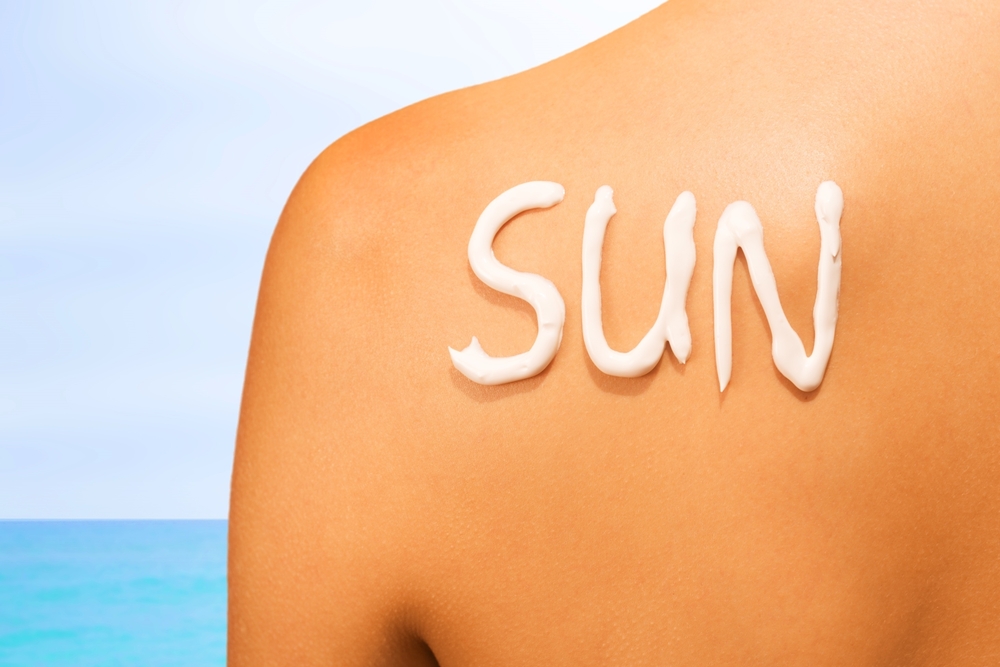
What is sunburn?

How many of you have ever experienced a sunburn? I know I have. We all know its wrong and we kick ourselves whilst we are wincing with pain as we try to dress. But maybe if we truly understood what is happening to our skins as we nonchalantly lay in the sun for that extra 10 minutes, we wouldn’t be so lax.
A sunburn is the skin’s response to extreme ultraviolet (UV) exposure and indicates severe damage. In as little as 10 minutes of intense UV exposure, the skin sets into motion a system of defense against this enemy.
FIRST SIGNS OF SUNBURN: The first indication of damage is redness.
This is the body’s inflammatory response in situations requiring repair and is a result of dilating blood vessels.
SECOND SYMPTOM OF SUNBURN: The skin will then start to lose moisture and hydration, which will be apparent with a feeling of tightness.
FURTHER DAMAGE OCCURS: Slowly, skin cells will start to thicken and melanin pigment will be produced (tanning) in an attempt to stop the UV rays from penetrating through to the deeper layers and damaging the DNA of the cells. When the skin is exposed to high levels of sunlight this may result in hypo or hyperpigmentation which appears as irregular light or dark patches of brown on your skin.
The body is excellent at coping with minimal amounts of damage, but if exposure is greater than the body’s ability to repair and mop up, more serious consequences may result. If DNA is damaged and its repair mechanisms are inhibited, skin cancer may occur.
WHY DOES MY SKIN PEEL?
Peeling after a sunburn is your body’s way of getting rid of the damaged cells that are at risk of “losing control” and becoming cancerous. Due to this danger, all damaged cells are instructed to commit suicide by repair mechanisms within these cells. This mass suicide of cells results in whole layers of damaged skin peeling off, to be replaced by other cells underneath those layers.
OK ITS TOO LATE, I HAVE A SUNBURN, WHAT CAN I DO?
First of all, you should take care of the cause of your problem: get out of the sun immediately. Drink plenty of water as you may be dehydrated. If skin is severely blistered, seek help from a medical practitioner. Otherwise it is important to take down the inflammation and try to reduce damage to the deeper layers of your skin.
Take a cool bath (no products added) and then blot skin dry. Avoid greasy creams, which prevent the skin from cooling and may make the situation worse. Rather, apply generously a soothing after-sun gel to red areas and then stay out of the sun and the heat. Look for ingredients such as Clove, Licorice, Lavender, Cucumber and Yucca to reduce irritation, pain and redness. Also look out for an incredible ingredient called Japanese Alder to accelerate the repair of UV induced DNA damage. Couple this with ingredients such as Algae and Hyaluronic Acid to rehydrate the skin and you should be well on your way to a calmer skin.
WHAT SHOULD I USE NEXT TIME!

If you are sitting in direct sunlight, I would suggest using a sunscreen of SPF 30 or more.
See blog posts on SPF protection for further details on physical or chemical sunscreens for those with sensitive skin

